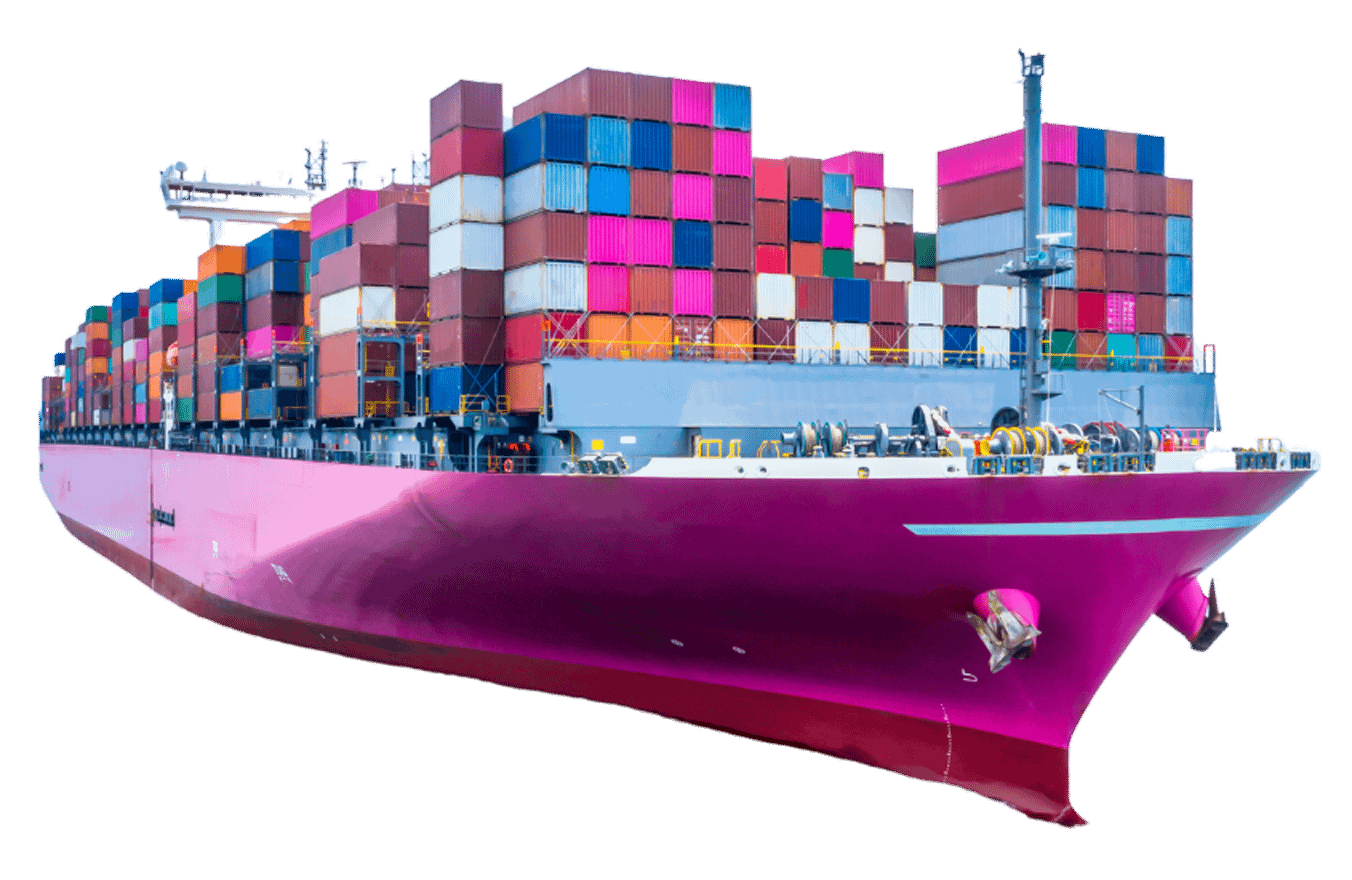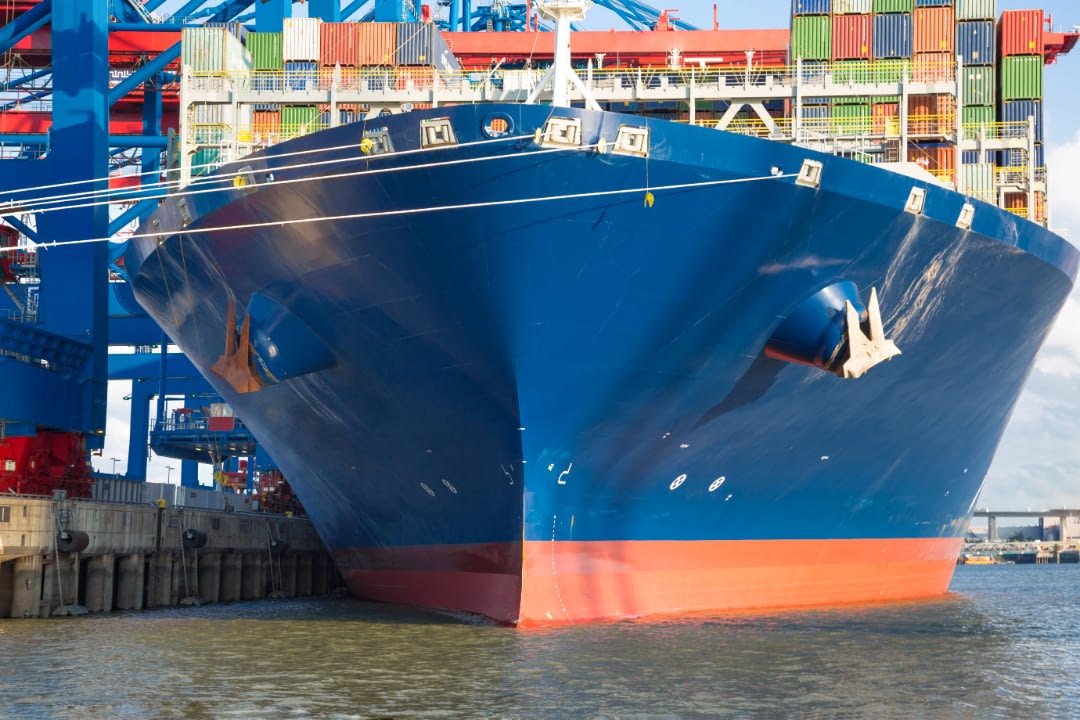Strategic issues & Geopolitical advantages
Benefits

Regional leadership
Cementing its holder as a major global player in green hydrogen, this technological solution solidifies regional leadership in advanced energy technologies and amplifies geopolitical influence.

Reducing dependence
Green hydrogen reduces fossil fuel reliance, enhances energy security, minimizes vulnerability to oil price fluctuations, promotes sustainability, and positions the economy for resilience.

diversified economy
The adoption of green hydrogen diversifies the country’s economy by entering the renewable energy sector, reducing reliance on traditional industries such as tourism and agriculture, and enhancing economic stability.

Energy security
By developing green hydrogen production capacity, the country in question can become more energy independent, particularly in areas such as transport and industry, thereby strengthening its energy security.

Green Transition
Green hydrogen production boosts the country’s global image in fighting climate change, strengthening environmental geopolitics and attracting investments in the hydrogen and green energy sector.

Export and Trade
The ability to export green hydrogen provides the country with opportunities for international trade and bilateral cooperation, reinforcing diplomatic relations and its standing in global geopolitics.

international prestige
Being one of the few countries currently producing and exporting green hydrogen, the nation with Hace technology stands shoulder to shoulder with major global powers, contributing to a pivotal role in sustainable energy.

Decarbonization
Affordable green hydrogen serves as a clean alternative to fossil fuels, actively helping industries cut emissions, meet environmental regulations, and reduce carbon taxes for exports, including to the EU.

Reduced energy costs
Affordable green hydrogen cuts energy costs for businesses and consumers, boosting local industries competitiveness and aligning with global green practices, promoting a real sustainability.

Job Creation
The development of green hydrogen creates jobs in the production, distribution, research and development of hydrogen-related technologies, which stimulates the economy in all its variety.

water desalination
Simultaneous hydrogen production and sea water desalination with this technology support sustainable freshwater management, highlighting a greener potential and environmentally future.

affordable hydrogen
The Affordable green hydrogen (<1 €/kgH2) is vital for ammonia production and competitive carbon-free fertilizer exports. This positions the country as a leader in the sector and establishes it, as a specialized research center.
Relevance
Ports and Marinas : Relevance of this solution
Ports are in strategic growth, and therefore fully relevant for the first deployments of this solution, because they need :
Competitive carbon-free electricity
Fresh water
Green hydrogen for heavy mobility (boats, trucks, cranes), and 24H power supply for ships in port or stranded
Protective breakwaters for secure entrances and exterior mooring areas, eliminating wave reflection and diffraction
Swift and cost-effective expansion capabilities
Establishment of supplementary anchorage zones to accommodate rising traffic demands


Approved Solution
Clean energy for boats, ships, at quayside or in the harbour :
Recognition & distinctions
Rapid scale of factories in the implementation areas
This flexible solution focuses on quickly setting up factories in designated areas with these design principles:
- Quick and effortless installation without heavy equipment.
- Predictive maintenance by human hands using clip-on elements (CSR Standards, HSE, etc.) weighing under 20 kg, redundant and interchangeable without tools.
- Mass production resembling automotive industry standards.
- Diverse and secure sourcing of recyclable materials.
- Parallel assembly lines that can be duplicated on demand. This allows for the swift creation of production capacity tailored to demand, operational within a year, and operating at full efficiency in less than two years. This timeframe includes the recruitment and training of managers and technicians in specific processes while fostering loyalty. Depending on demand, the installed power level and progression speed can be adjusted from 2 MW (for a simple validation pilot) to several GW, leading the country to total energy independence within a few years, subject to expressed and validated wishes, and generating several thousand long-term jobs (production, training, and maintenance).
- It’s worth noting that a well-balanced low-carbon mix of various renewable energy sources is also an excellent solution, as this technology complements solar and synergizes with wind.
Varied Capacities & General Features
Capacities to Meet Demand :
100 MW, 200 MW, 500 MW, +>1000 MW
Machine Characteristics :
The standard machine is configured in a WWW shape, consisting of arms with the following features:
- Unit power: 1 MW.
- Load factor: 60 to 95%, dependent on annual marine weather at the installation site.
- Annual energy production per arm: 1 MW, ranging from 5,000 to 8,500 MWh per year based on site weather.
- Dimensions: Length: 210 m, Width: 6 m, Height: 3.5 m (including 2.5 m above water).
- Surface area on the water (excluding anchor lines): 1,260 m² (excluding floating docking pontoon).
- Unit mass: 160 tonnes, including 150 tonnes of recyclable steel.
- Each arm comprises 7 modules of 30 m x 6 m x 3.5 m; 7 modules of 30 m equivalent to an one arm of 210 m.

Hace technology harnesses wave energy for carbon-free electricity, making a notable contribution to the shift toward energy independence. It not only produces competitive energy for cost-effective Green Hydrogen but also supports seawater desalination and addresses coastal erosion concerns.